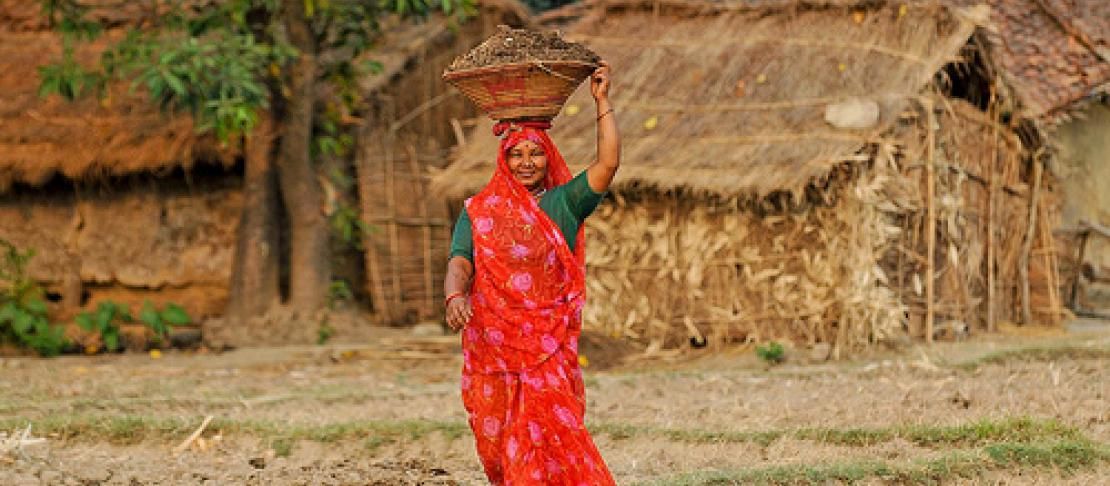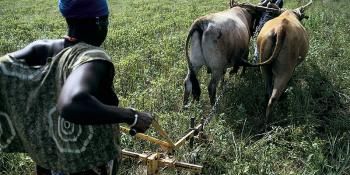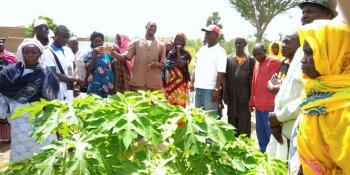New paper outlines Nepal's efforts to combat climate change effects

by Chase Sova
With almost 80% of the population heavily dependent on the success and health of the agriculture sector, Nepal’s government doesn’t really have a choice but to act fast to combat the effects of climate change.
Luckily, both the government and donor community are realizing the need to act swiftly and decisively, as together they have been developing policies, program and projects with the intent of curbing the impacts of increasingly erratic rainfall and steadily rising temperatures throughout the country.
The recently released Working Paper “State of Agricultural Climate Change Adaptation Policy in Nepal” by the CGIAR Research Program on Climate Change, Agriculture and Food Security (CCAFS), takes a closer look at 16 adaptation initiatives, related to climate change, agriculture and governance institutions in Nepal.
 The ambition was to outline the objectives and priorities for each of the activities and to identify shifts in agriculture and climate change policy direction in the country and how the policy instruments interact with one another.
The ambition was to outline the objectives and priorities for each of the activities and to identify shifts in agriculture and climate change policy direction in the country and how the policy instruments interact with one another.
Given the structural and administrative changes likely to happen in Nepal’s near future, the “State of Agricultural Climate Change Adaptation Policy in Nepal” provides a timely baseline assessment of the country’s current adaptation state of affairs. It can also be used as a background document for future research activities in Nepal.
The document was prepared through CCAFS Systemic Integrated Adaptation (SIA) project, an interdisciplinary research effort in collaboration with the University of Oxford’s Environmental Change Institute.
Within the past three years, Nepal has mobilized its National Adaptation Programme of Action (NAPA), initiated a donor-funded Pilot Program on Climate Resilience (PPCR), enacted a national Climate Change Policy (CCP), and has proved a valuable testing ground for emerging Local Adaptation Plans of Action (LAPA). These climate institutions have been paralleled with a similarly growing portfolio of agricultural investment and research plans.
This is a promising development considering the ever-more visible impacts of climate change on Nepal’s agricultural sector.
The paper puts forward how core governance institutions -- particularly local governance legislation and existing national planning instruments – will play in supporting agricultural adaptation initiatives.
Positively the paper finds that Nepal’s agricultural research community is responding strongly to climate change threats, by integrating sustainable natural resource use, including conservation agriculture and climate smart, cost effective technologies in to the country’s core medium term research objectives.
Read the rest of the outline regarding the current climate change and agriculture adaptation plans for Nepal in the Working Paper “State of Agricultural Climate Change Adaptation Policy in Nepal”. Written by Chase Sova and Abrar Chaudhury.
This story was written by Chase Sova, visiting researcher at the International Center for Tropical Agriculture (CIAT)and co-author of the Working Paper number 44: “State of Agricultural Climate Change Adaptation Policy in Nepal”


